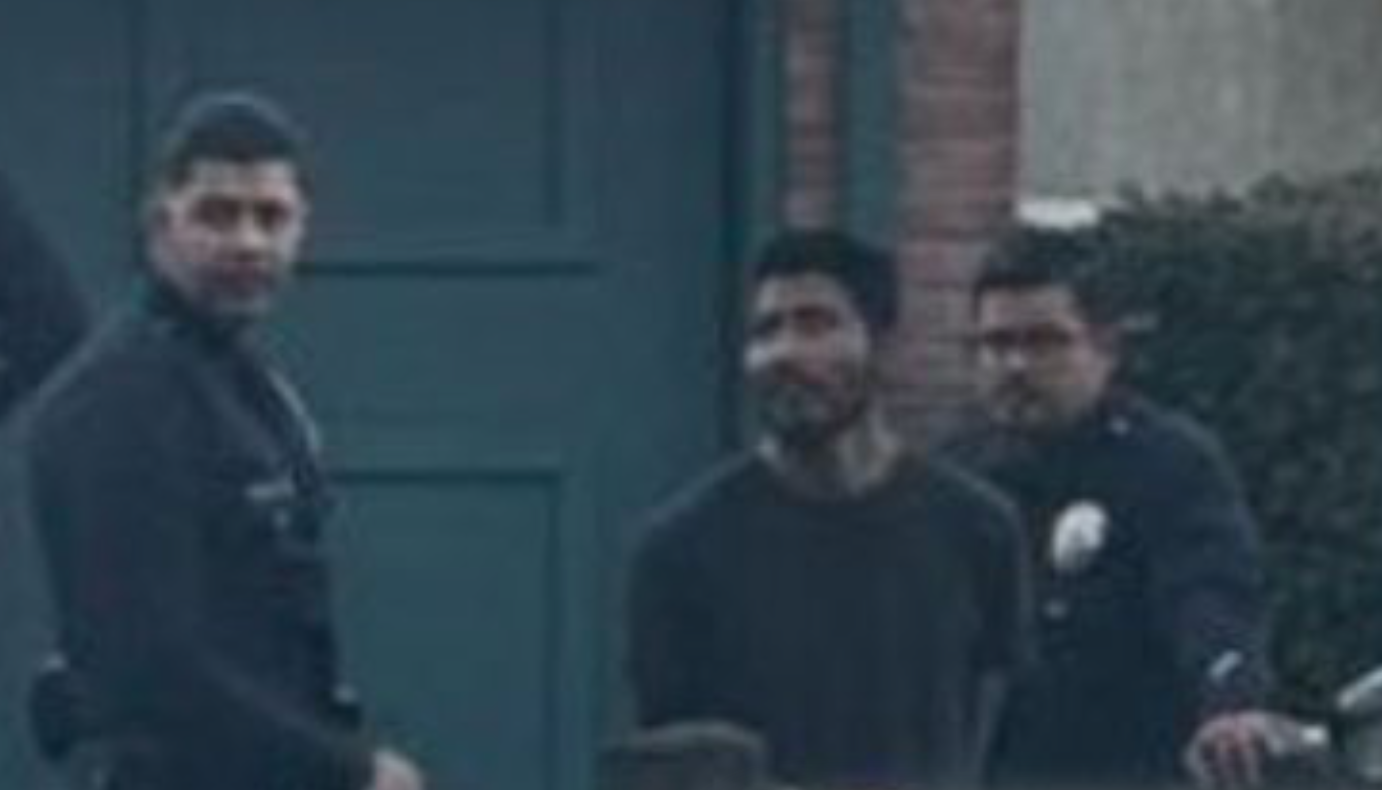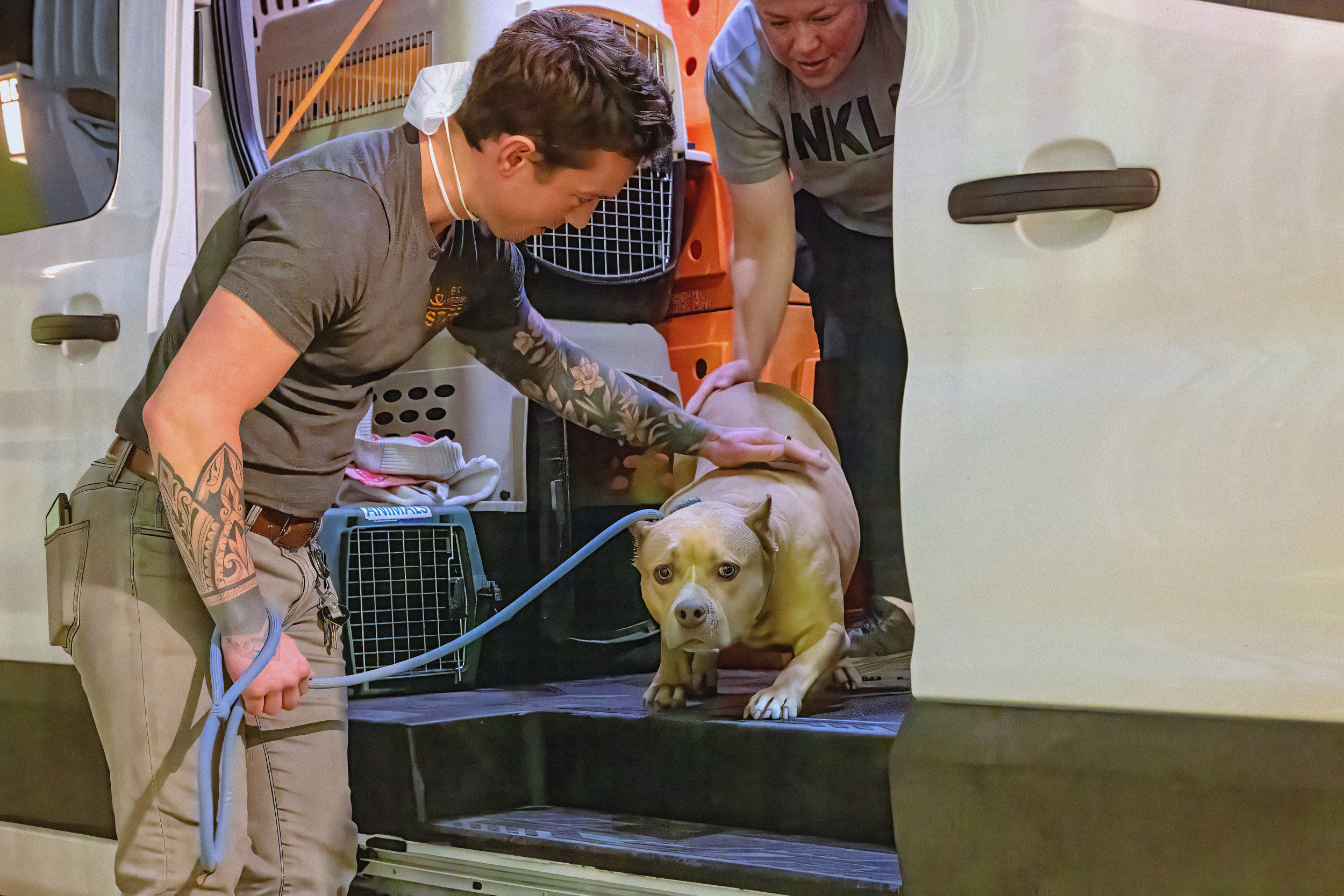There's a common misconception that beneath the asphalt, Los Angeles is a desert. It isn't. It's grassland. And part of the natural cycle of the grassland ecosystem is fire.
Twenty-seven years ago, Mike Davis wrote Ecology of Fear: Los Angeles and the Imagination of Disaster. One of the chapters is titled "The Case For Letting Malibu Burn". In it, he argued that the area between the beach and the Santa Monica Mountains simply never should have been developed. No matter what measures we take to prevent it, those hills are going to burn, and the houses we erect upon them are only so much kindling.
California's binary wet/dry seasonal cycle means rain in the winter, which feeds the growth of chaparral and sage in the hills and coastal mountains, followed by dry summer heat, which turns that biomass into fuel for wildfires. In Los Angeles, add to that mix the warm Santa Ana winds, which sweep into the basin of the San Fernando Valley and are then channeled into the canyons of the Santa Monica Mountains, reaching hurricane-level velocities in the process. Then add human settlement, and all of the millions of opportunities it presents to produce a spark. The likelihood of a disaster like this happening is, in Davis' words, "a statistical certainty."
Pointing to urban development as the culprit at a time like this feels a lot like blaming the victim. But it's more honest than the many other culprits being trotted out on social media, like DEI, Gavin Newsom, or Donald Trump. Certainly, there is blame to go around—Mayor Karen Bass shouldn't have been in Ghana; we need to know why the fire hydrants went dry; climate change exacerbates the natural conditions that produce the wildfires in the first place. But the fundamental engine for these disasters is the simple, physical reality of California, which prevailed before any of us were born: We built a massive civilization in a place where fire is as much a part of the natural habitat as summer rains are in the east.

Anyone who has lived in L.A. for more than a year has experienced either a season of active wildfires or a season of worrying about whether they would come. Joan Didion has written about it. The area around Pacific Palisades, in particular, has been on fire countless times before. There was a huge conflagration in Malibu in 1929. Then 1930 and 1935. Then 1938 and 1943, and so on, averaging two per decade up to the current day.
There's a reason this happens so much in Los Angeles: It is unique among American cities for the degree to which it directly abuts wild nature. Older cities grew more gradually. Around the urban core of cities like Boston, Atlanta, or St. Louis emerged suburbs, around them exurbs, and around them rural agricultural zones. Only then do you reach wild forests, mountains or prairies.
Los Angeles grew up in a hurry. In the nineteenth and twentieth centuries, development occurred so rapidly that urban and suburban density extends unabated all the way up until it collides into wildlands. A long portion of the city's perimeter is fenced in by the Santa Monica and San Gabriel Mountains. Dense residential neighborhoods and freeways sit directly beneath towering bluffs populated by mountain lions, which occasionally hop the fences of backyard swimming pools to feast on domestic cats and dogs. Where New York has its meticulously designed Central Park, Los Angeles has Griffith Park, a sprawling expanse of wild mountain terrain right in the middle of the city.
These abrupt borders between nature and city are called
"wildland-urban interfaces," and they're inherently volatile. Man-made sparks from homeless encampments, discarded cigarettes, and downed power lines easily ignite wildfires, while brush fires that start from natural causes like lightning easily make the leap into residential areas and become urban conflagrations.
The pattern of residential development that has yielded these interfaces isn't limited to Southern California. In 2018, the Camp Fire in Northern California's rural Butte County started as a human-ignited forest fire, but ended up killing dozens and displacing thousands because towns like Paradise were carved out of the landscape and were edged up directly against the forests.
People should be held accountable for the mistakes they make in forest management, climate emissions, or reckless behavior with flammable objects. But the hazards of California's built environment are nobody's fault, or at least no one who is still alive. Many of the state's wildland-urban interfaces are the result of residential developments that began in the nineteenth century or the first half of the twentieth.
This is the tinderbox we inherited. This will not be the last time we watch it burn.
Leighton Woodhouse is a journalist and documentary filmmaker based in Oakland, California. He has written for The Free Press, The Intercept, The New Republic, The Nation, Tablet, UnHerd, and other publications.
The views expressed in this article are the writer's own.




















 English (US) ·
English (US) ·